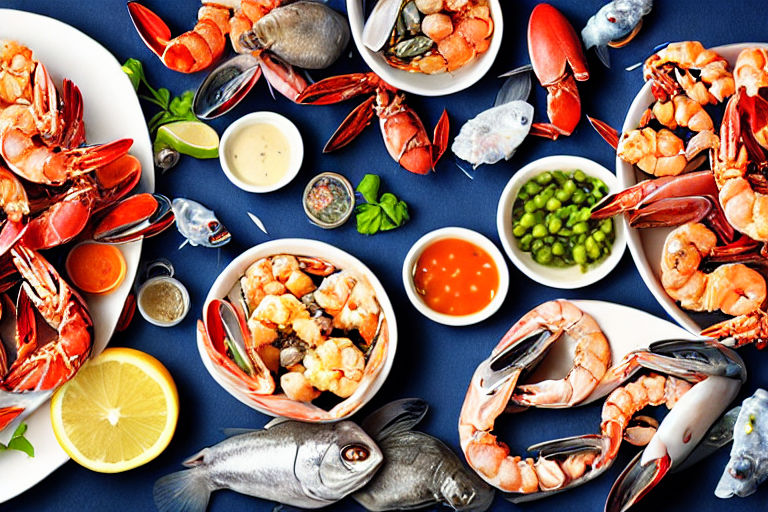The Truth About Sustainable Seafood: How to Know if Your Seafood is Environmentally-Friendly
Seafood is a delicious and healthy source of protein, but did you know that not all seafood is created equal when it comes to sustainability? Overfishing and unsustainable fishing practices can harm the environment and the long-term health of fish populations. As a consumer, you have the power to choose seafood that is environmentally-friendly and supports sustainable fishing practices. In this post, we will explore the truth about sustainable seafood and provide tips for how to know if your seafood is environmentally-friendly.
What is Sustainable Seafood?
Sustainable seafood is seafood that is caught or farmed in a way that minimizes the environmental impact and ensures the long-term health of fish populations. This includes:
- Limiting the amount of fishing to prevent overfishing
- Avoiding fishing methods that cause habitat destruction, bycatch, or other negative impacts on the environment
- Following fishing regulations and laws that protect the environment and fish populations
- Supporting local fishing communities and economies
Sustainable seafood is important for preserving the health of our oceans and ensuring that future generations can continue to enjoy seafood as a healthy and delicious protein source.
How to Know if Your Seafood is Environmentally-Friendly
When shopping for seafood, it can be difficult to know if the seafood you are buying is environmentally-friendly. Here are some tips to help you make an informed decision:
1. Look for Certification Labels
Certification labels, such as the Marine Stewardship Council (MSC) or the Aquaculture Stewardship Council (ASC) labels, indicate that the seafood has been sustainably caught or farmed. These labels are only given to seafood that meets strict environmental and social standards, so you can buy with confidence knowing that you are making an environmentally-friendly choice.
2. Check the Source
The source of your seafood can also give you clues about its environmental impact. For example, seafood that is caught or farmed locally is typically more sustainable than seafood that has been shipped from overseas. Additionally, seafood that is caught using traditional fishing methods, such as hook and line fishing, is typically more sustainable than seafood that is caught using large nets or other destructive fishing methods.
3. Avoid Endangered Species
Some types of seafood are more threatened than others due to overfishing or habitat destruction. The Monterey Bay Aquarium has created a guide to help consumers make informed decisions about which types of seafood are the most sustainable. The guide, called Seafood Watch, provides recommendations for which types of seafood to avoid and which types to choose.
4. Ask Questions
Don't be afraid to ask questions about the seafood you are buying. If you are shopping at a seafood counter, ask the staff about the source of the seafood and how it was caught or farmed. If you are dining at a seafood restaurant, ask the waiter for recommendations on which types of seafood are the most sustainable.
By following these tips, you can make informed decisions about the seafood you buy and support sustainable fishing practices. Choosing sustainable seafood is not only good for the environment, but it also ensures that you are getting the highest quality seafood that is healthy and delicious.
In conclusion, sustainable seafood is the way to go if we want to preserve the health of our oceans and ensure that future generations can continue to enjoy seafood as a healthy and delicious protein source. By looking for certification labels, checking the source, avoiding endangered species, and asking questions, you can make informed decisions about the seafood you buy and support sustainable fishing practices.



